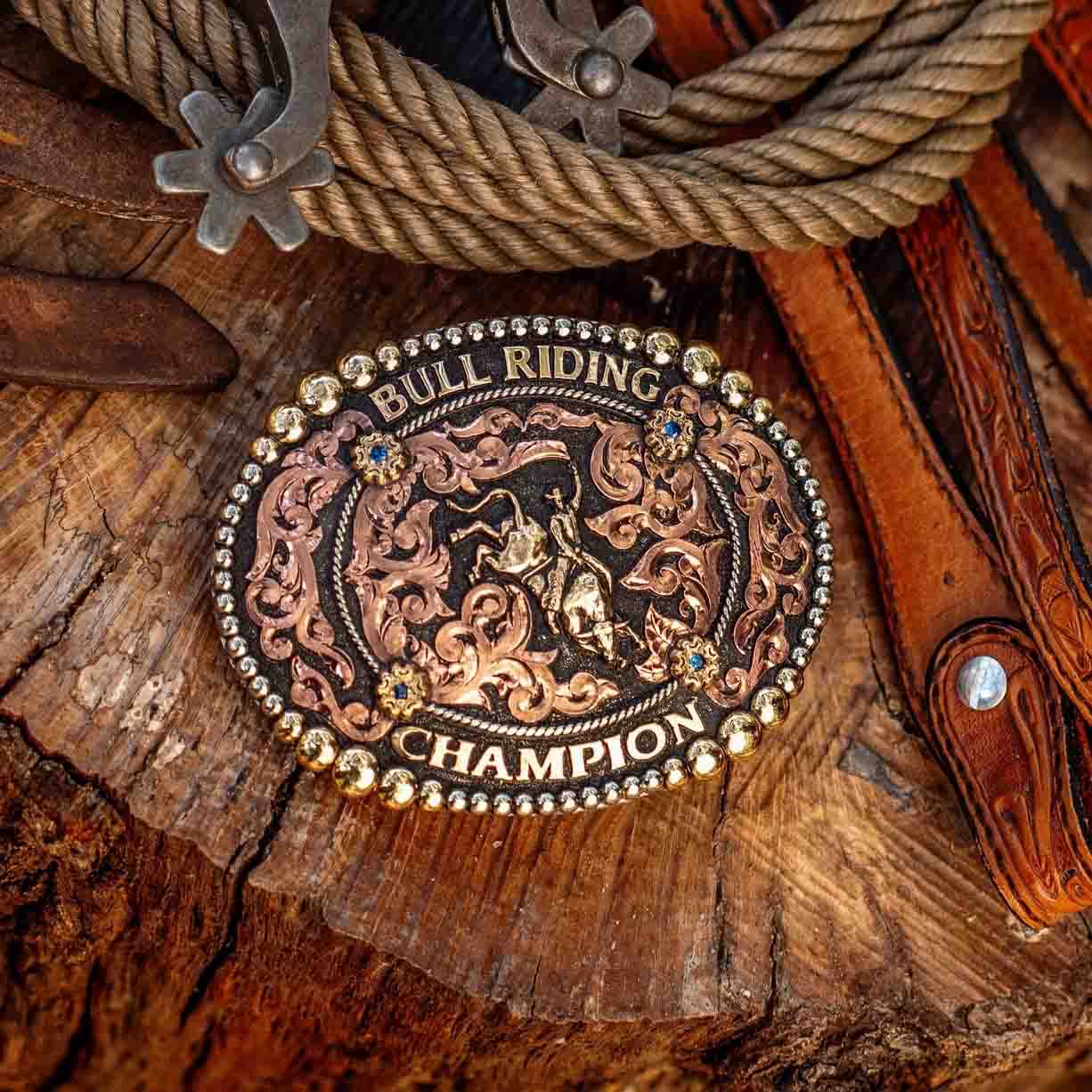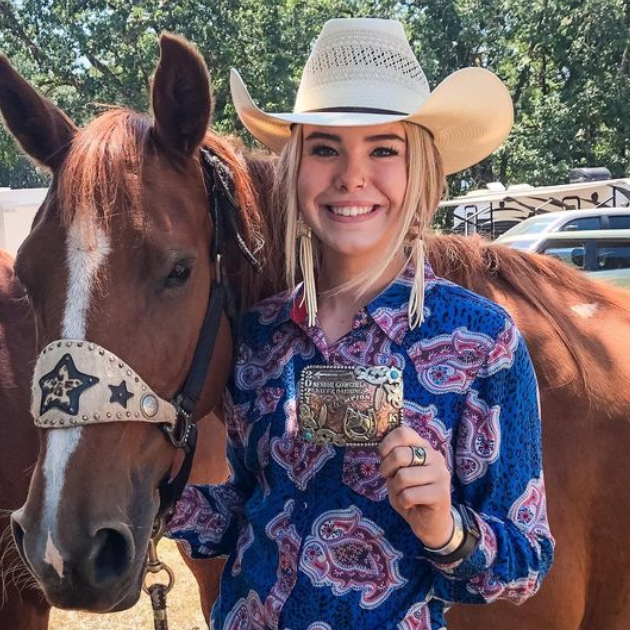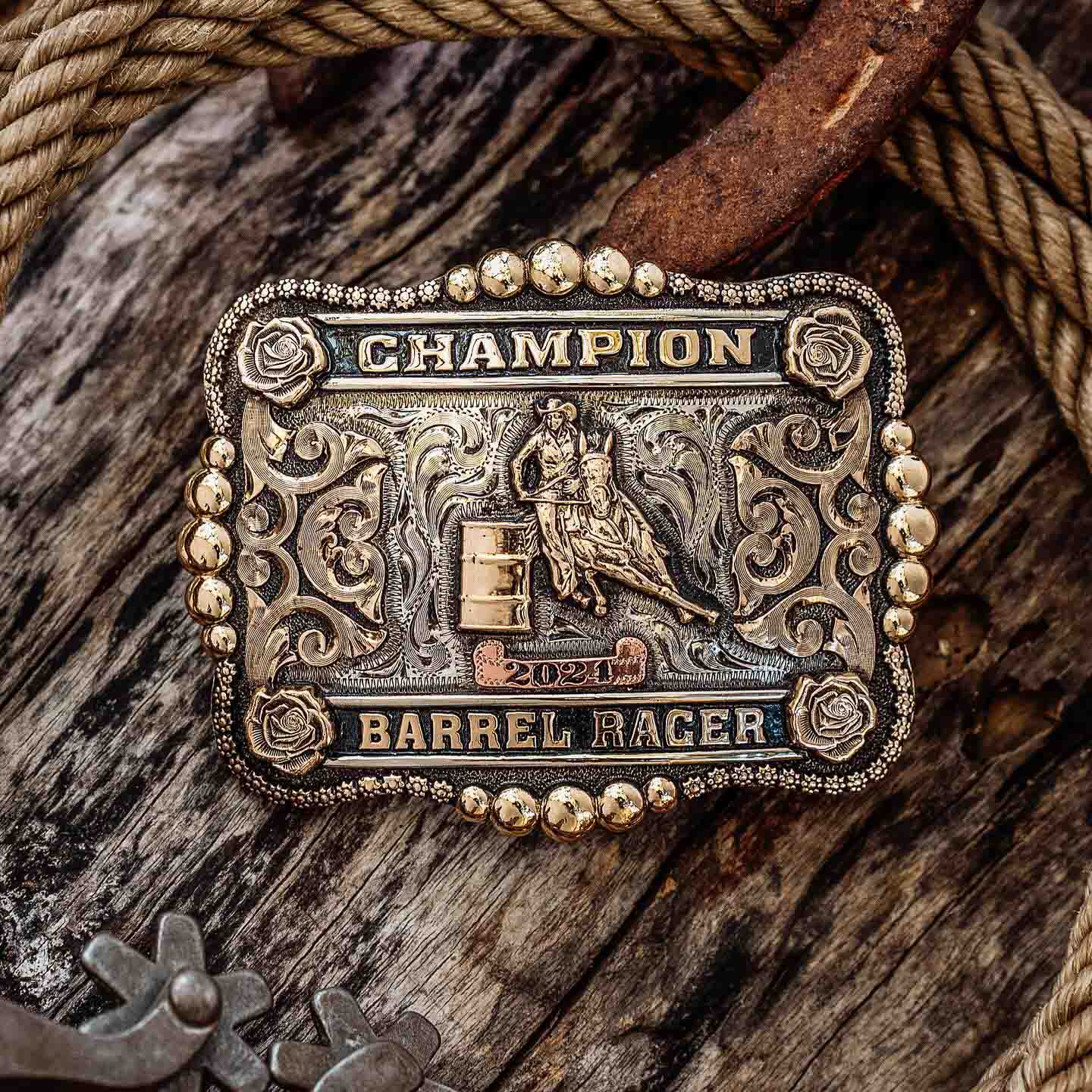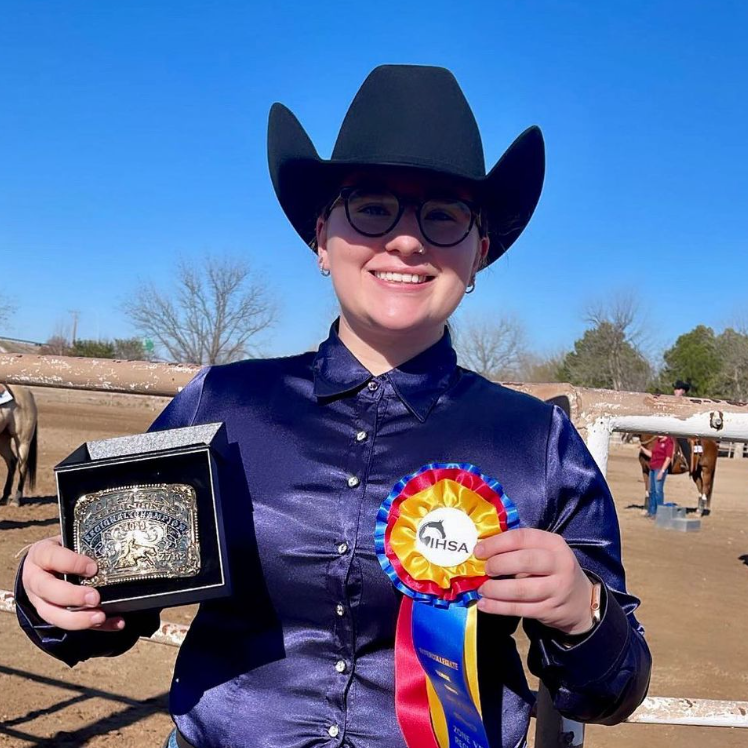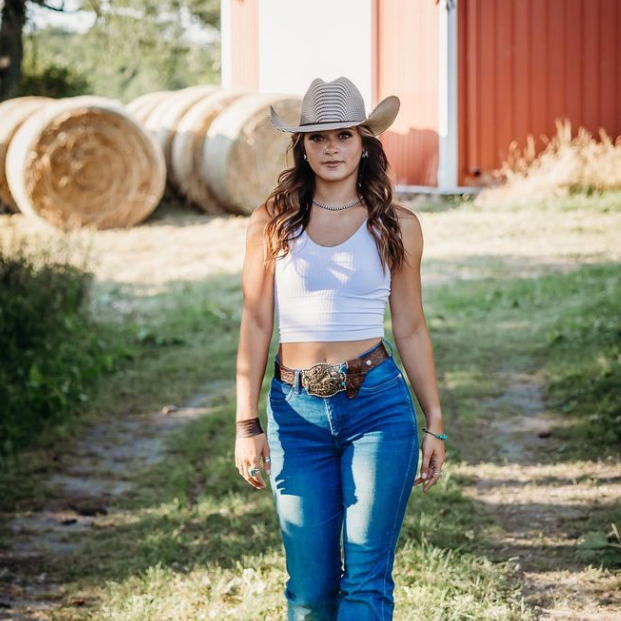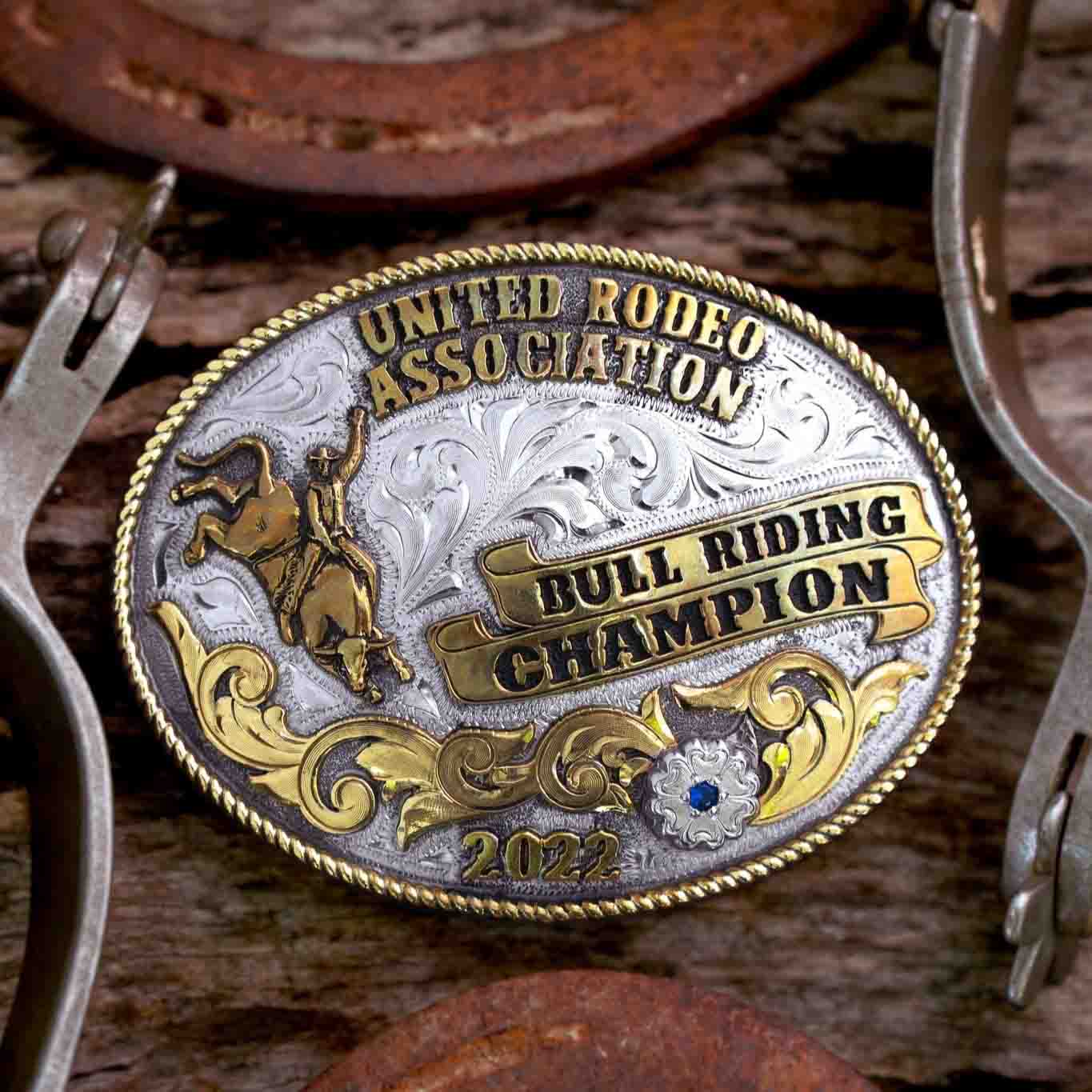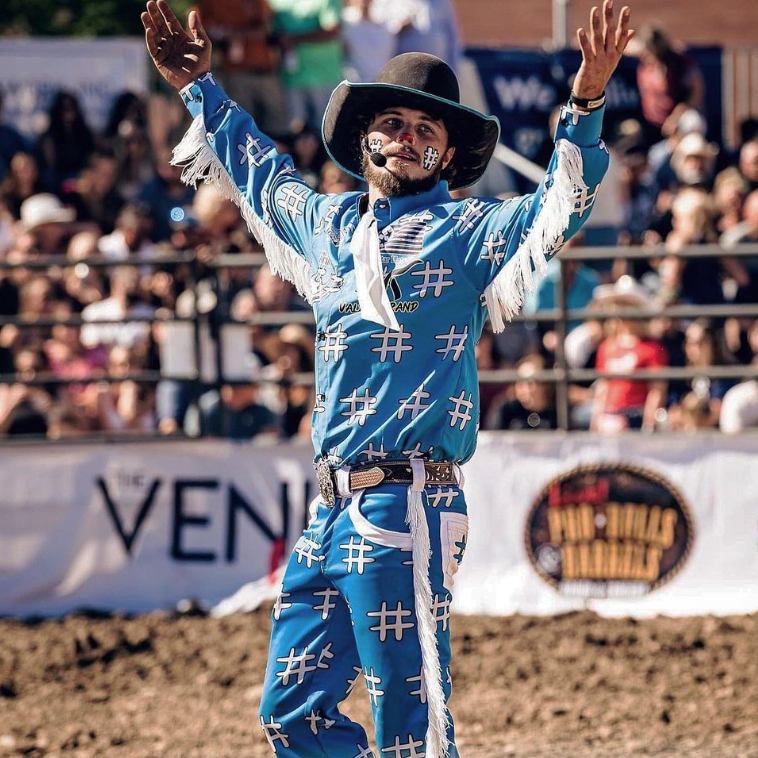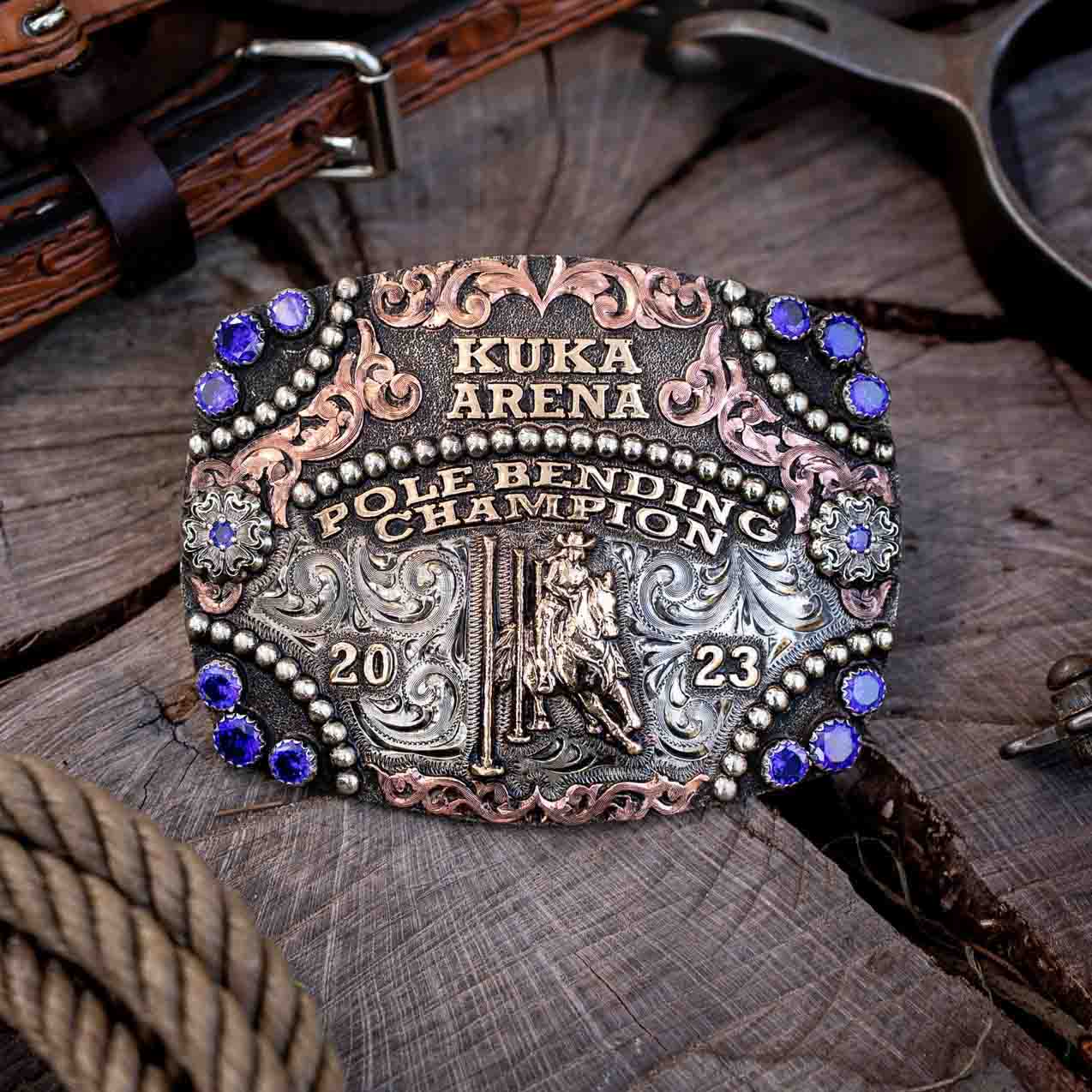Rodeo belt buckles originated in the early 20th century as distinctive awards for rodeo champions. Initially, winners received cash or practical items, but the shift to belt buckles occurred in the 1920s. Evolving over time, these buckles became symbols of victory with intricate designs and personalized engravings, embodying the history and traditions of Western rodeo culture.
Rodeo competitions encompass a range of disciplines highlighting the dynamic skills of both riders and animals: Bareback Riding, Saddle Bronc Riding, Bull Riding, Steer Wrestling, Team Roping, Tie-Down Roping, Barrel Racing, Breakaway Roping, Steer Roping, Pole Bending, Goat Tying, Mounted Shooting, Wild Horse Racing, Bullfighting, Cowboy Downhill, Ranch Bronc Riding, Chuckwagon Racing, Mutton Bustin', Calf Scramble, Mounted Shooting, all awarded with radiant rodeo belt buckle.
Globally, rodeo is governed and propelled by key associations that oversee events and foster the sport's growth. The Professional Rodeo Cowboys Association (PRCA), The National Finals Rodeo (NFR), Professional Bull Riders (PBR) and International Professional Rodeo Association (IPRA) contribute to the organization, standardization, and global recognition of rodeo, ensuring its enduring appeal and tradition.
To win a rodeo buckle, competitors typically need to showcase exceptional skill, agility, and control in their respective events. Winning a buckle often requires achieving the highest scores or fastest times in each event. For instance, in barrel racing, riders aim to complete a cloverleaf pattern around barrels in the shortest time possible. Similarly, in bull riding, riders strive to stay on a bucking bull for a maximum duration. The criteria for winning a buckle may vary based on the rules and regulations of the rodeo event and its organizing body. Nevertheless, earning a buckle is a prestigious accomplishment, symbolizing mastery in the sport of rodeo.
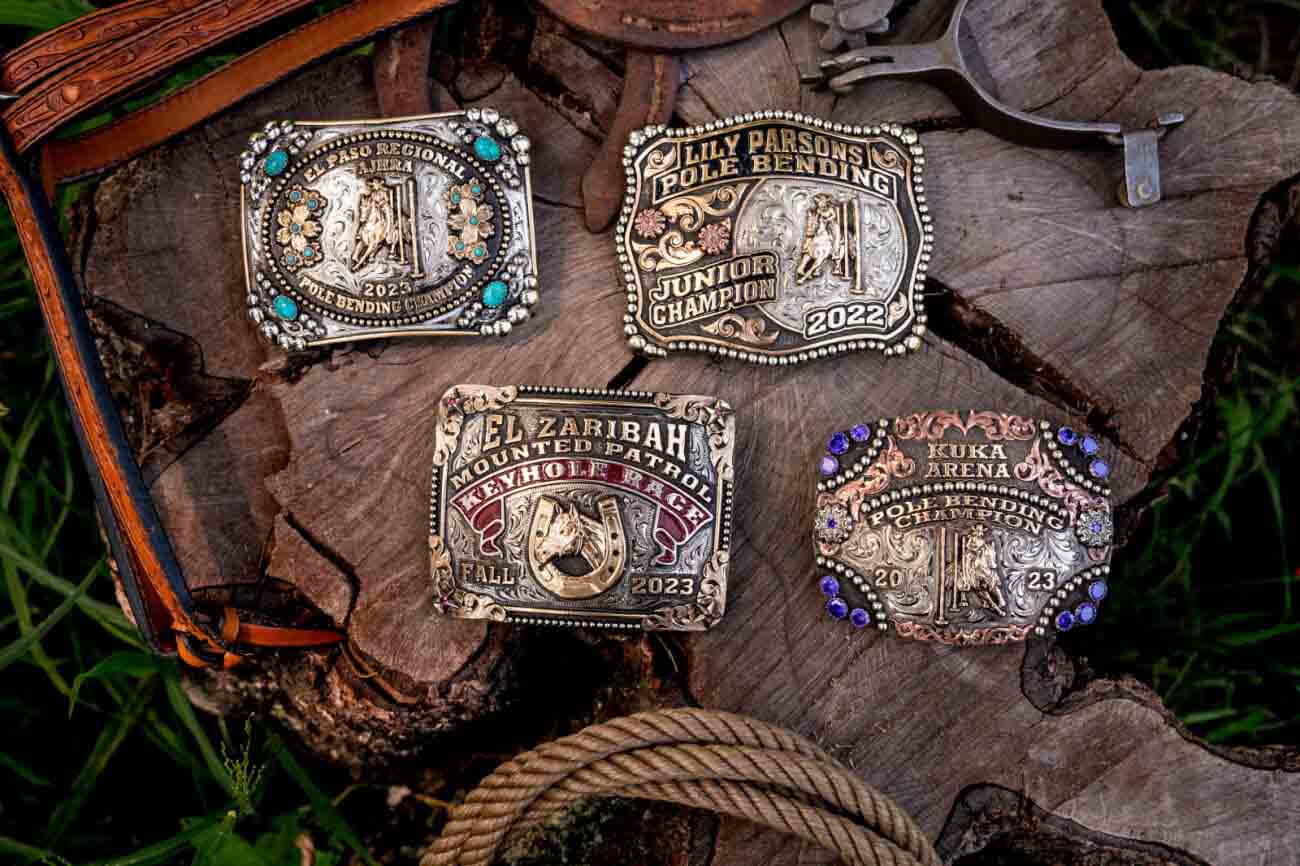
![]() Each handcrafted piece is backed by a repair warranty*, ensuring durability and quality that transcends time.
Each handcrafted piece is backed by a repair warranty*, ensuring durability and quality that transcends time.![]() We offer prompt express delivery. Unlimited buckle orders arrive within 40-50 days, with in-stock options delivered even sooner (1-2 days).
We offer prompt express delivery. Unlimited buckle orders arrive within 40-50 days, with in-stock options delivered even sooner (1-2 days).![]() Tailor your buckle exclusively online at mollyscustomsilver.com or by reaching out to our Customer Service Experience at (682) 717-1770
Tailor your buckle exclusively online at mollyscustomsilver.com or by reaching out to our Customer Service Experience at (682) 717-1770